“Sicily, my region, my land, is a marvelous island. It is the largest island in the Mediterranean, where sea, mountains, and landscapes blend with culture, history, and traditions.”
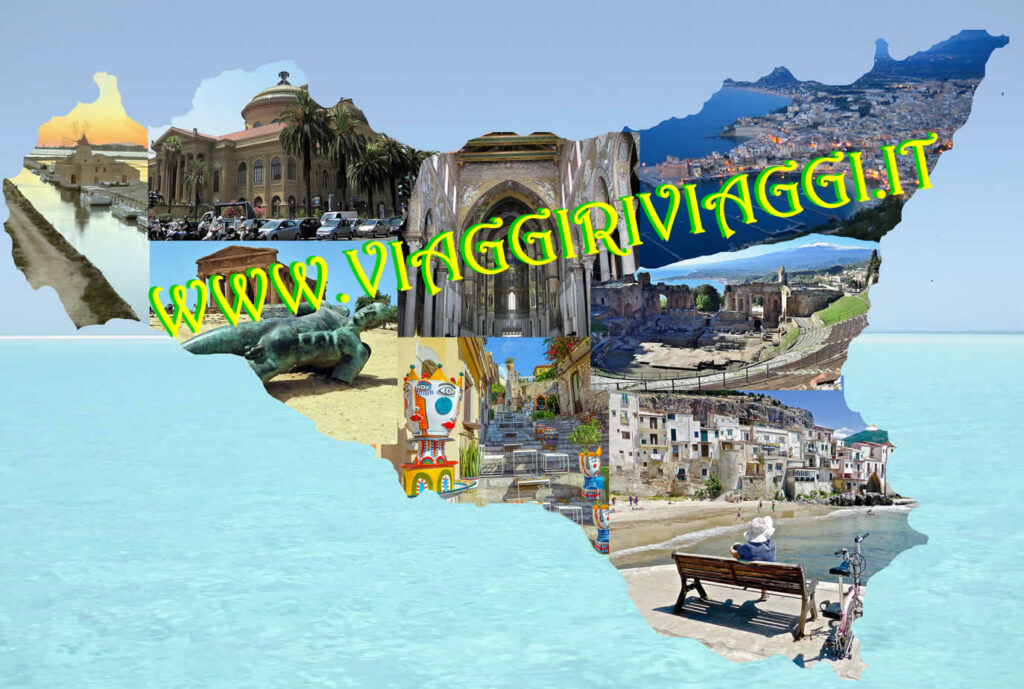
Origins of the Name Sicily
Originally, the name of Sicily was Trinacria, due to its triangular shape and its three extreme points. The term Trinacria was used by Homer in the Odyssey, where he described Ulisse arriving on an island named Trinacria.
Another name known in antiquity was Sikania or Sikelia. There are several theories about the true origin of the name Sicily: some versions suggest that it derives from the Sikani, who inhabited Sicily before 1000 B.C., while others attribute it to the Siculi, who named it Sikelia after their king, Sikelos.
Yet other theories propose that the name Sicily comes from the Greek words “Sikè” (fig) or “Sikus” (pumpkin), implying that the origins of the name may be linked to the concept of a land of fertility or fecundity.
Trinacria symbol
The Trinacria symbol is today the emblem of Sicily, a symbol that already existed in the 4th century B.C. during the time of the Greeks.
The three bent legs represent the three extreme points of Sicily: Cape Lilybeo (Marsala), Cape Passero (Siracusa), and Cape Peloro (Messina).
The head, a symbol from Greek mythology, depicts the Gorgons, monstrous creatures with snakes instead of hair. The three Gorgons representing perversions were Medusa, Steno, and Euriale.
Sicilian History
Sicily has always held a strategic position due to its central location in the Mediterranean. Starting from prehistory, there are several pieces of evidence of human presence. For instance:
- The Addaura Cave in Palermo and the Grotta del Genovese in Levanzo (Egadi Islands) provide examples of life on the island from 35,000 to 8,000 B.C.. Additionally, in places like Siracusa, Filicudi, and Castelluccio, we find evidence of life dating back to around 1,800 B.C..
From 1,400 B.C. onward, Sicily was inhabited by three main groups:
- Elimi in the western part.
- Sicani in the central part.
- Siculi in the eastern part.
In the 8th century B.C., the first Greek colonies were established, including Naxos, Siracura, Gela, Himera, Hyblaea, Kamarina, Selinunte, and Agrigento. (Remember that the Greeks gave the name Trinacria to Sicily.)
However, the Greeks never had full control over Sicily. In fact, in Palermo and Marsala, the Phoenicians lived. After founding Carthage, they also settled in Sicily.
Tensions arose between the Greeks and the Carthaginians, leading to the Punic Wars. During these wars, cities like Selinunte were destroyed and conquered by the Carthaginians.
These conflicts caused significant disorder and instability until the arrival of the Romans. In the First Punic War (264–241 B.C.), the Romans established themselves in Sicily, except for Siracusa, which resisted. However, during the Second Punic War (218–202 B.C.), initiated by Hannibal, one of the bloodiest wars of ancient times erupted, and the Romans eventually conquered Siracusa.
During the Roman period, Sicily remained stable until 440 A.D., when the Barbarians devastated the island.
In 535 A.D., Sicily became Byzantine after being conquered by General Belisarius, and it remained under Byzantine rule for three centuries.
In 827 A.D., the Muslim era began with the landing at Cape Granitola (Mazara del Vallo). Gradually, the Muslims conquered the entire island of Sicily, and it was only in 965 that they fully dominated the entire island.
The Normans, led by Roger I, began to drive out the Muslims from Sicily in 1060, and they succeeded completely by 1091.
During the Norman period in Sicily, they achieved the remarkable feat of peacefully coexisting with various ethnic groups, collaborating at different moments. Today, we can admire the remaining masterpieces of that era in the Arab-Norman itinerary, especially in the Province of Palermo.
Between 1130 and 1139, the Kingdom of Sicily was founded, and the first Sicilian Parliament was established. To this day, the current Regional Parliament is located at the Palazzo dei Normanni in Palermo.
In 1194, Henry IV was crowned King of the Kingdom of Sicily, but he passed away after only three years. He was succeeded by his son, Frederick II of Swabia, known as Stupor Mundi (from Latin, “Wonder of the World”). After Frederick’s death in Sicily, a period of instability ensued, and Charles I of France was crowned King by the Pope. During this time, with his nephew Conradin, the capital was moved from Palermo to Naples.
In that era, there was significant discontent among the Sicilians toward the Angevins (French), leading to the first revolutionary movements with the Sicilian Vespers revolt in 1282. It was during this moment that the yellow-red flag, which still represents Sicily today, was first seen.
After 90 tumultuous years, alternating between periods of conflict and truce, Sicily was recognized as an independent kingdom under the name Kingdom of Trinacria.
Subsequently, in 1372, following the treaty between the Angevins and the Aragonese, Sicily came under the dominion of the Aragonese. In the early decades of the 1400s, Sicily was governed by the Spanish Crown for approximately 300 years.
Only in 1734, did Sicily pass to the Bourbons, who ruled the island for 125 years.
In 1816, King Ferdinand unified Sicily with the Kingdom of Naples, creating the Kingdom of the Two Sicilies.
On March 17, 1861, Victor Emmanuel II proclaimed the Unification of Italy, and Sicily became part of the Kingdom of Savoy. ????????
Sicilian Cites:
Sicily has nine cities (nine provinces). The main one is Palermo, followed by Catania, Messina, Siracusa, Ragusa, Enna, Caltanissetta, Agrigento, and Trapani.
Curiosities:
Carthaginians, Greeks, Romans, Vandals, and Ostrogoths, Byzantines, Arabs, Normans, Aragonese, Spanish, Austrians, and British.
Situated in the center of the Mediterranean Sea, the island has had access to abundant resources, both in tourism and culinary tradition, as well as in culture, representing a blend of many cultures. The Sicilian population is also diverse: some may have dark hair with blue eyes, while others are blond with green eyes, depending on the various historical dominations, from the Greeks to the Arabs to the French, and so on.
Today, thanks to the myriad of monuments, churches, convents, palaces, and castles, Sicily is a unique tourist resource, with an architectural style that combines Arab-Norman elements. Naturally, some products have been imported, such as citrus fruits, pistachios, asparagus, and prickly pears.
The Sicilian dialect, considered by many as a true language, is a mix of Arabic, French, and Spanish.
Sicilian cuisine, in turn, is a combination of flavors passed down from ancient times.
typical Sicilian dishes
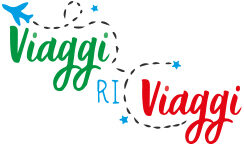
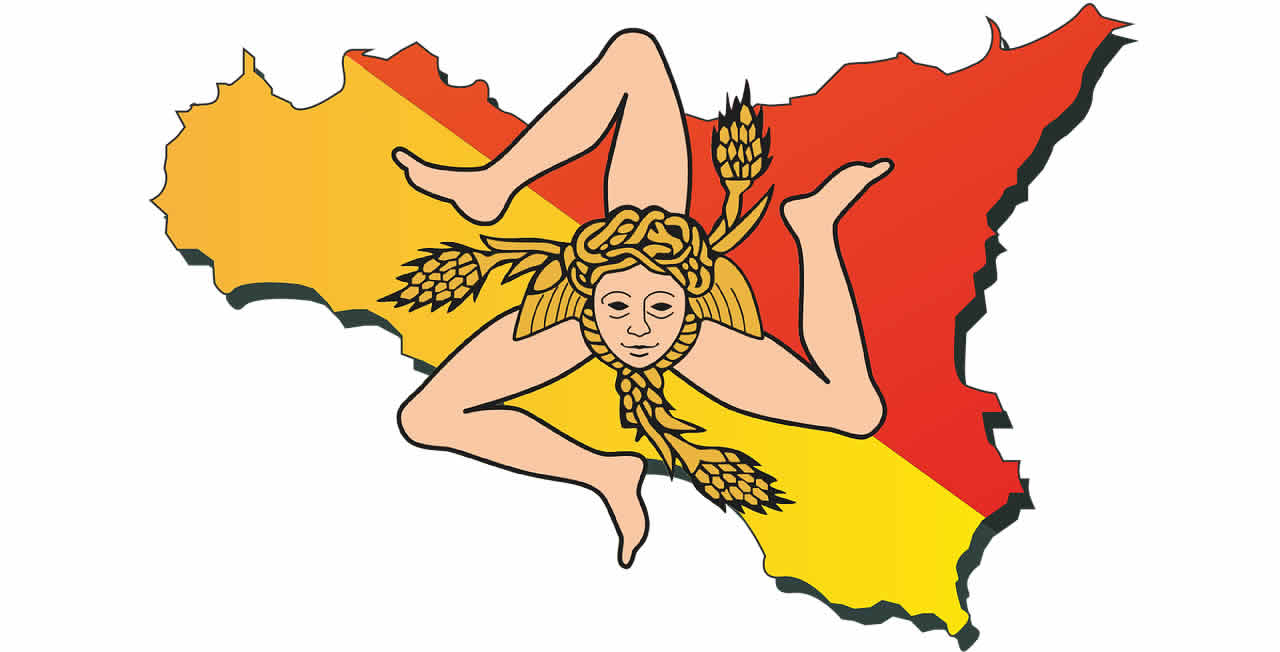
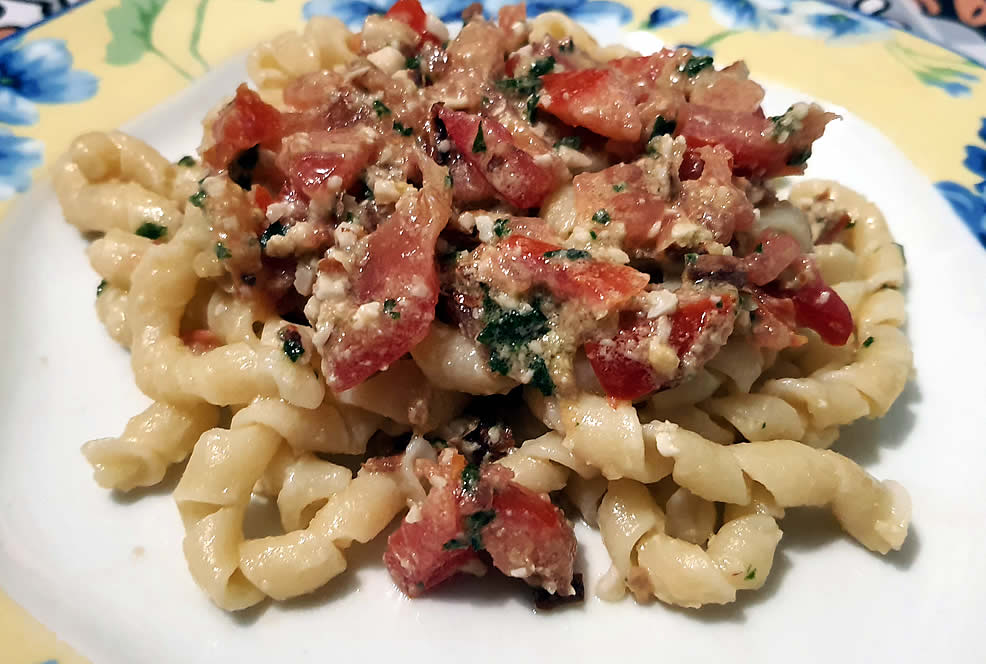
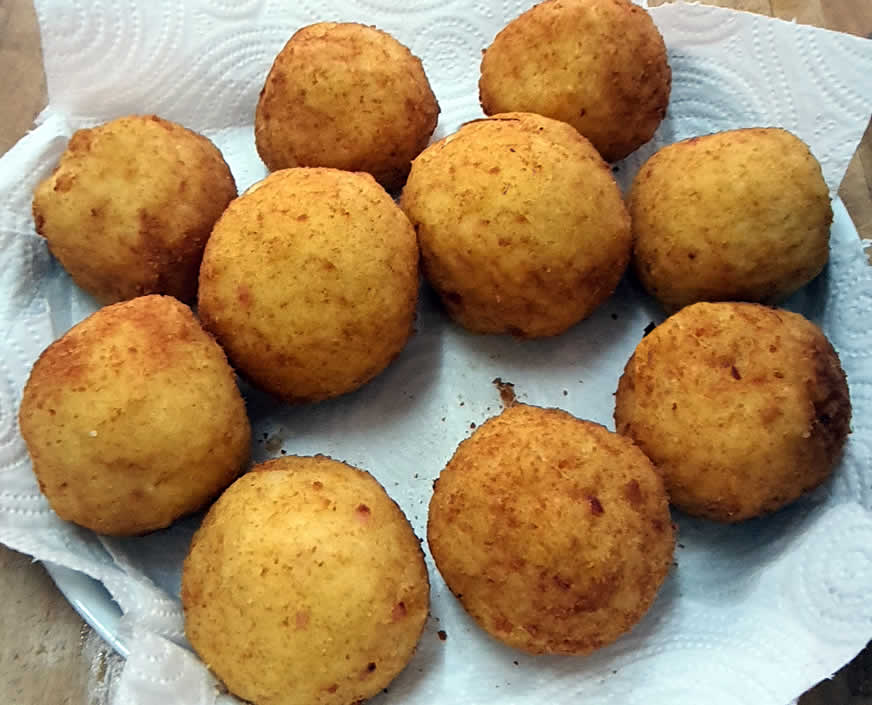

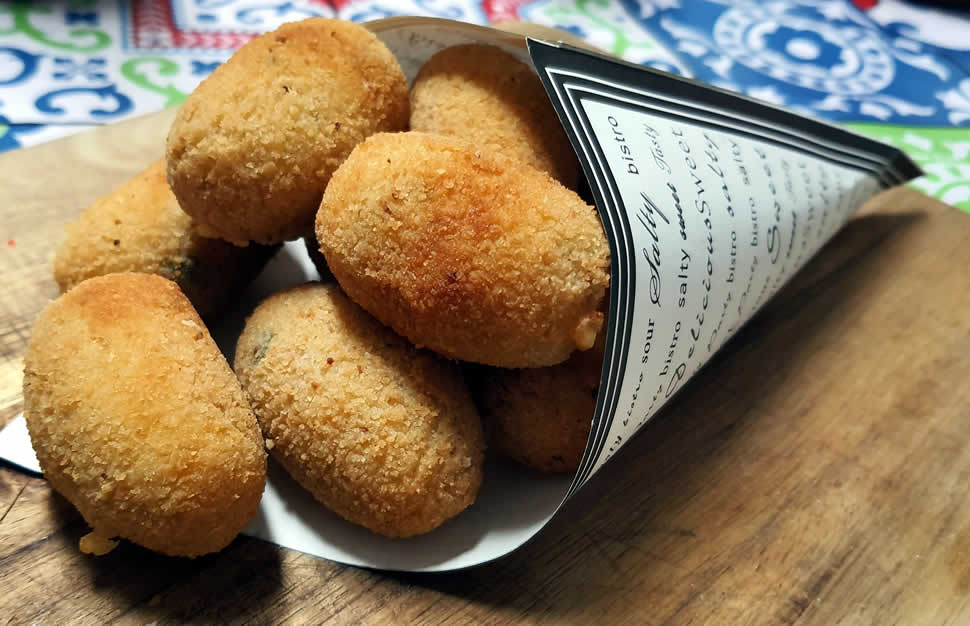

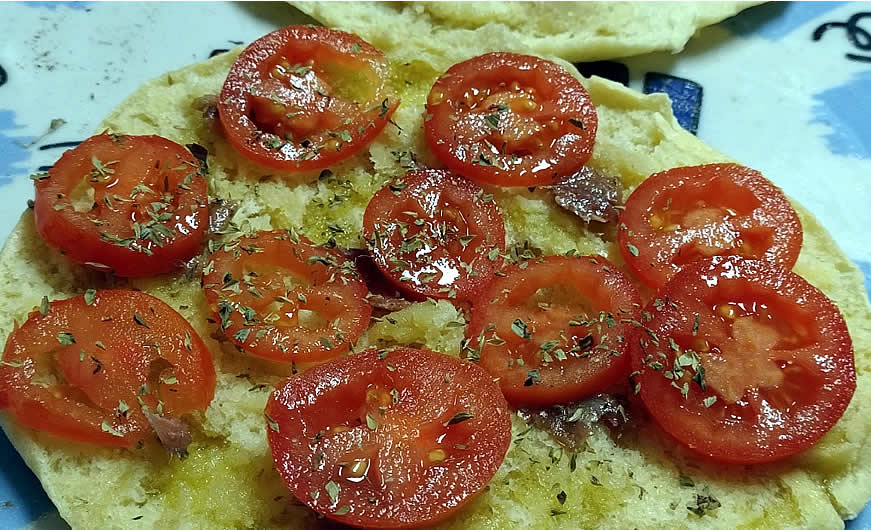
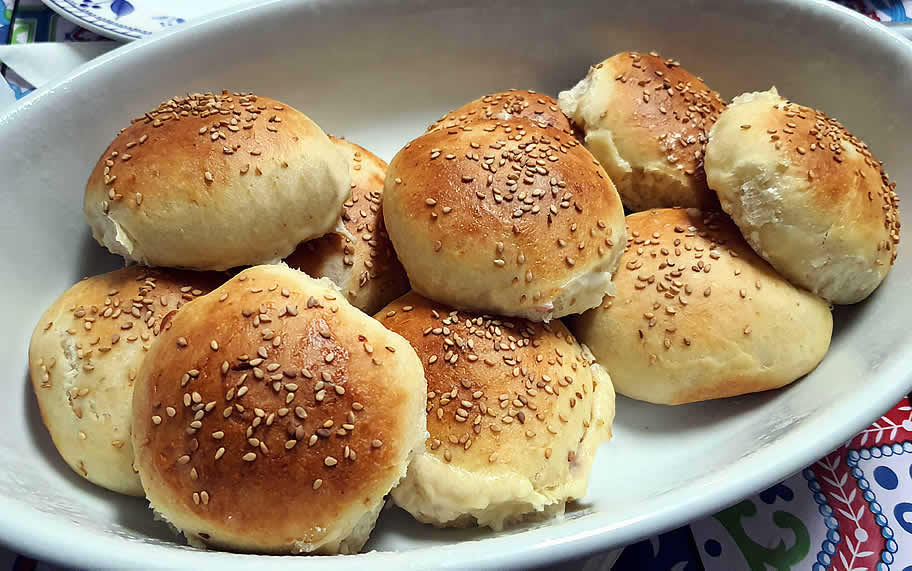
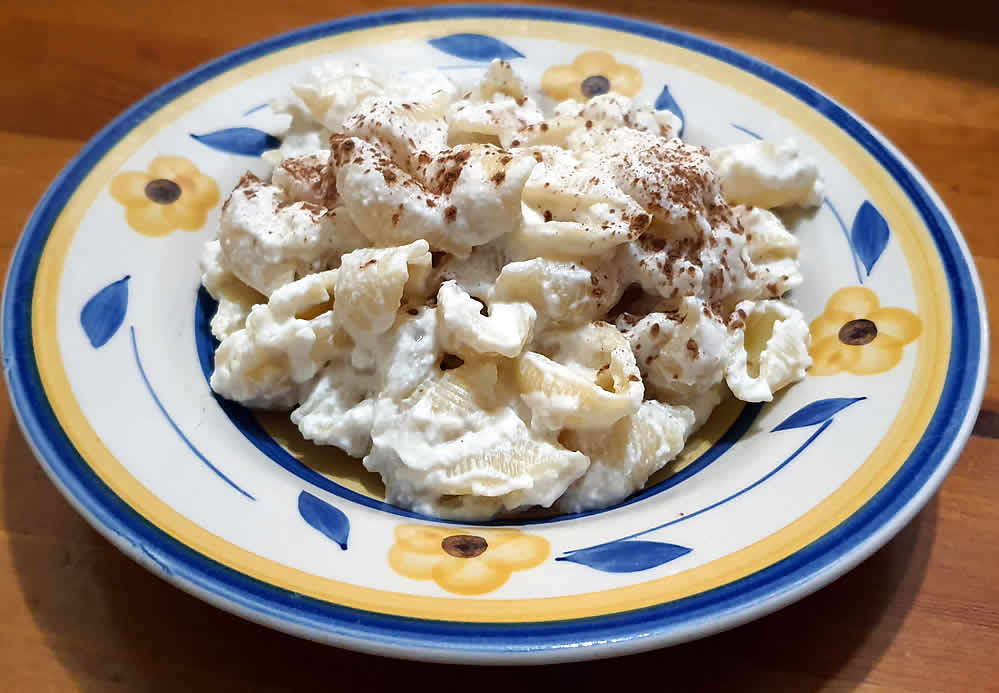

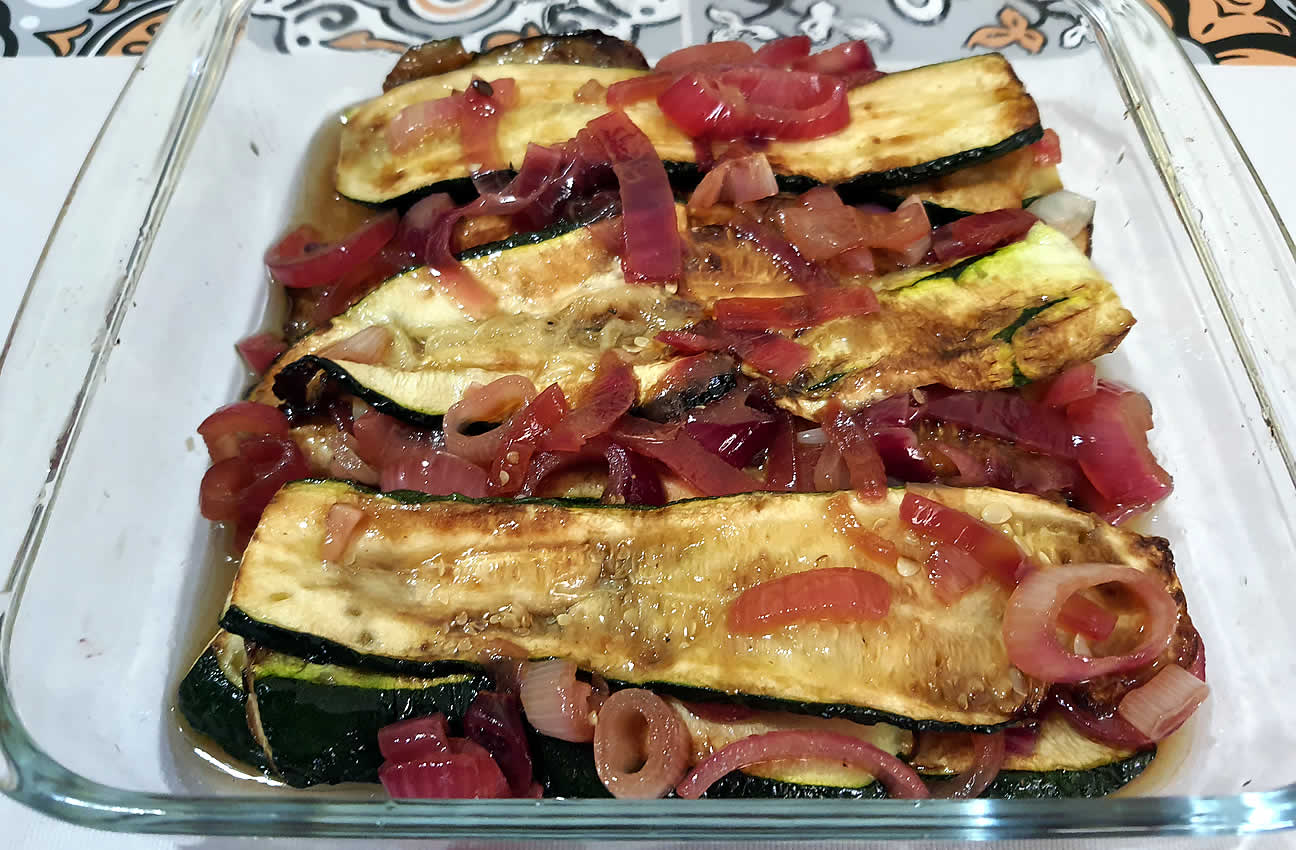
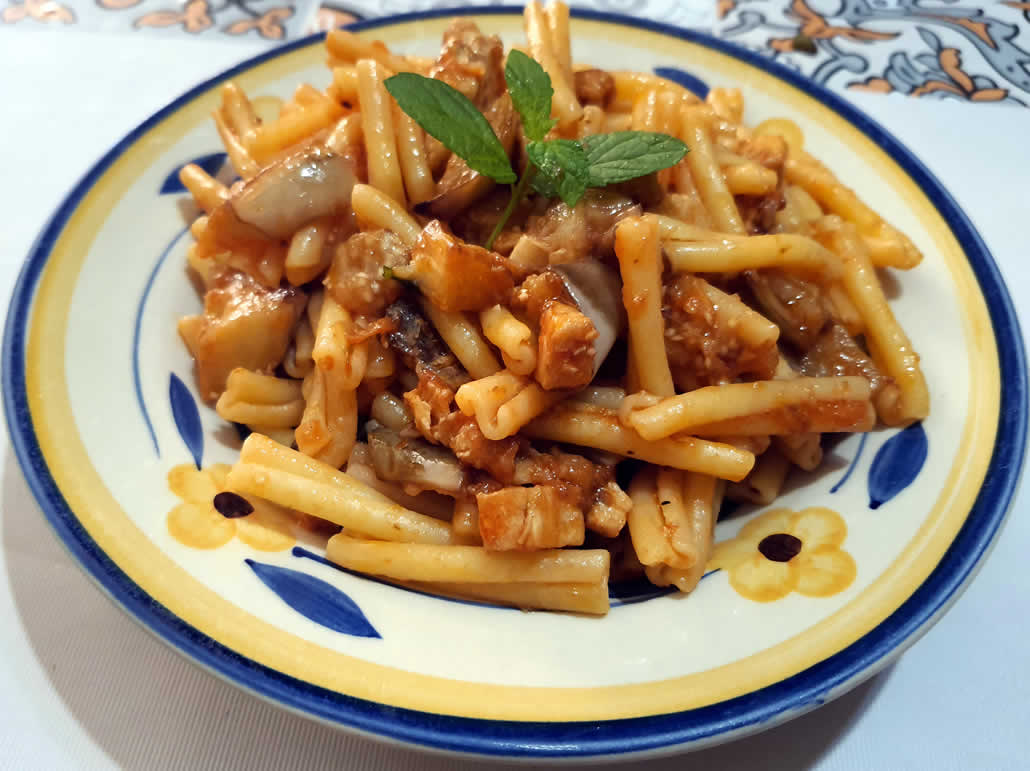
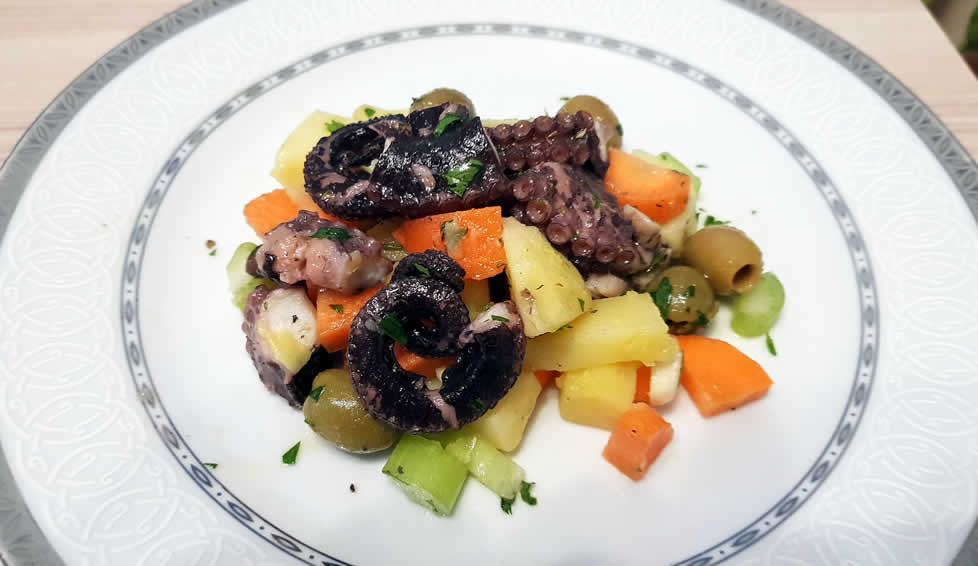 Insalata di Polpo
Insalata di Polpo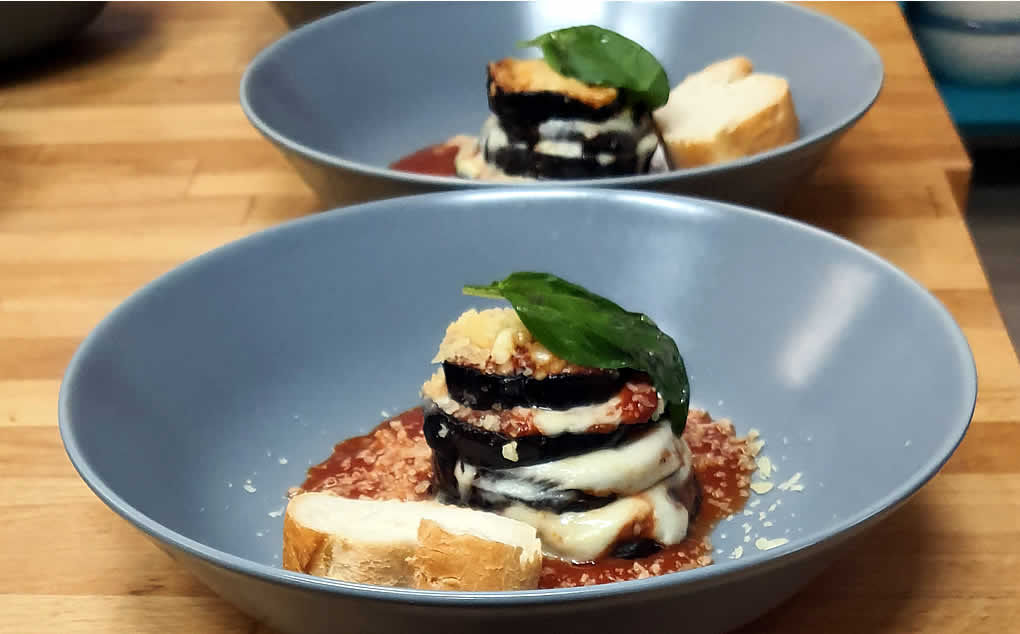
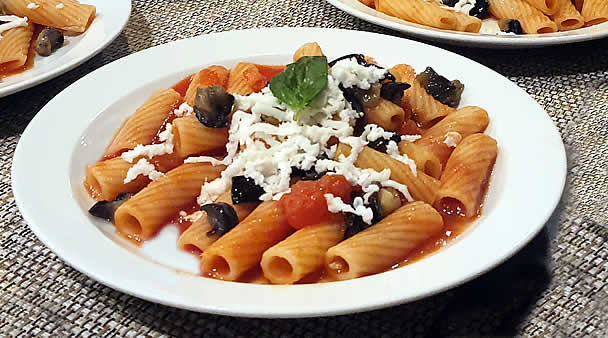 Pasta alla norma
Pasta alla norma Frutta Martorana
Frutta Martorana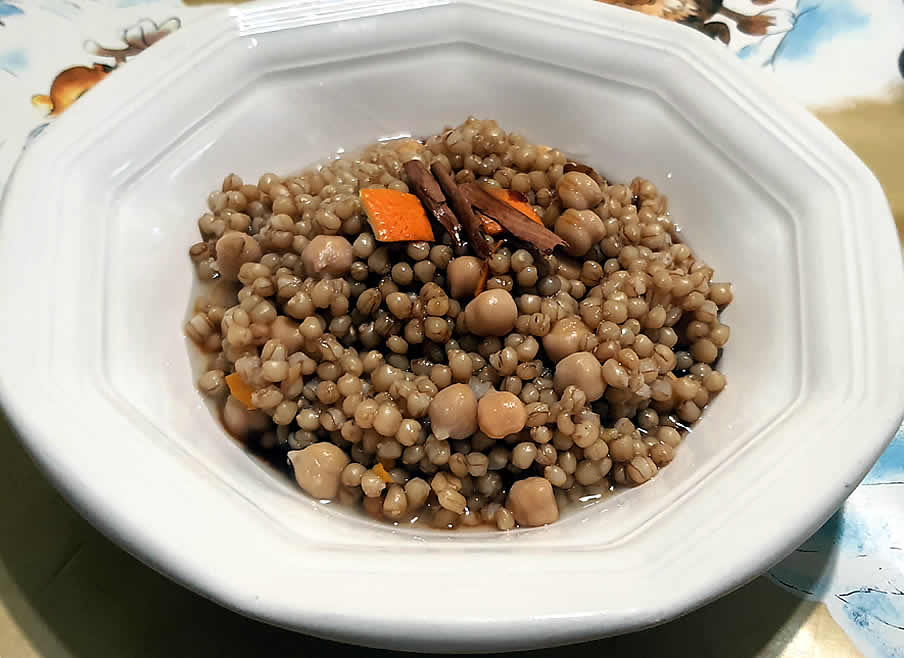
 Sfinci Trapanesi
Sfinci Trapanesi